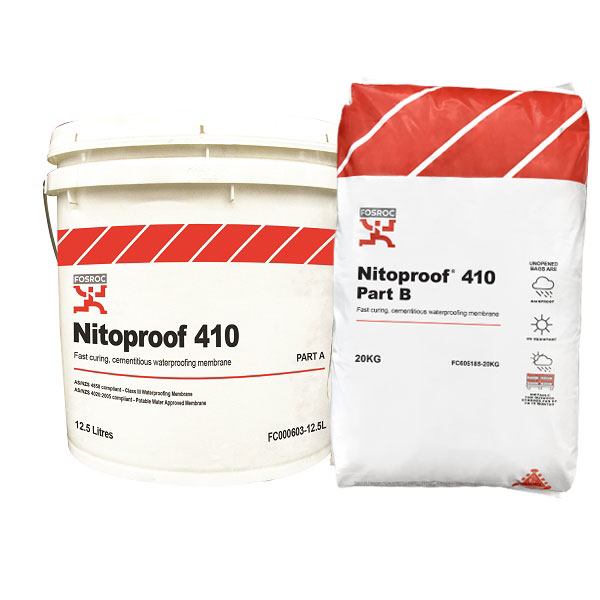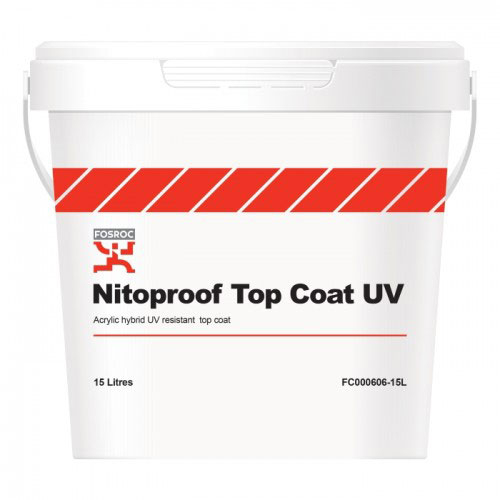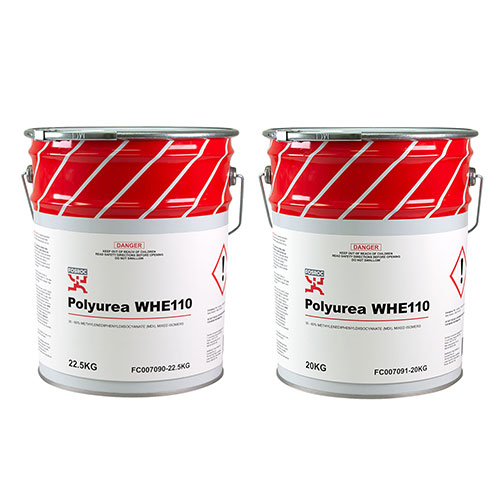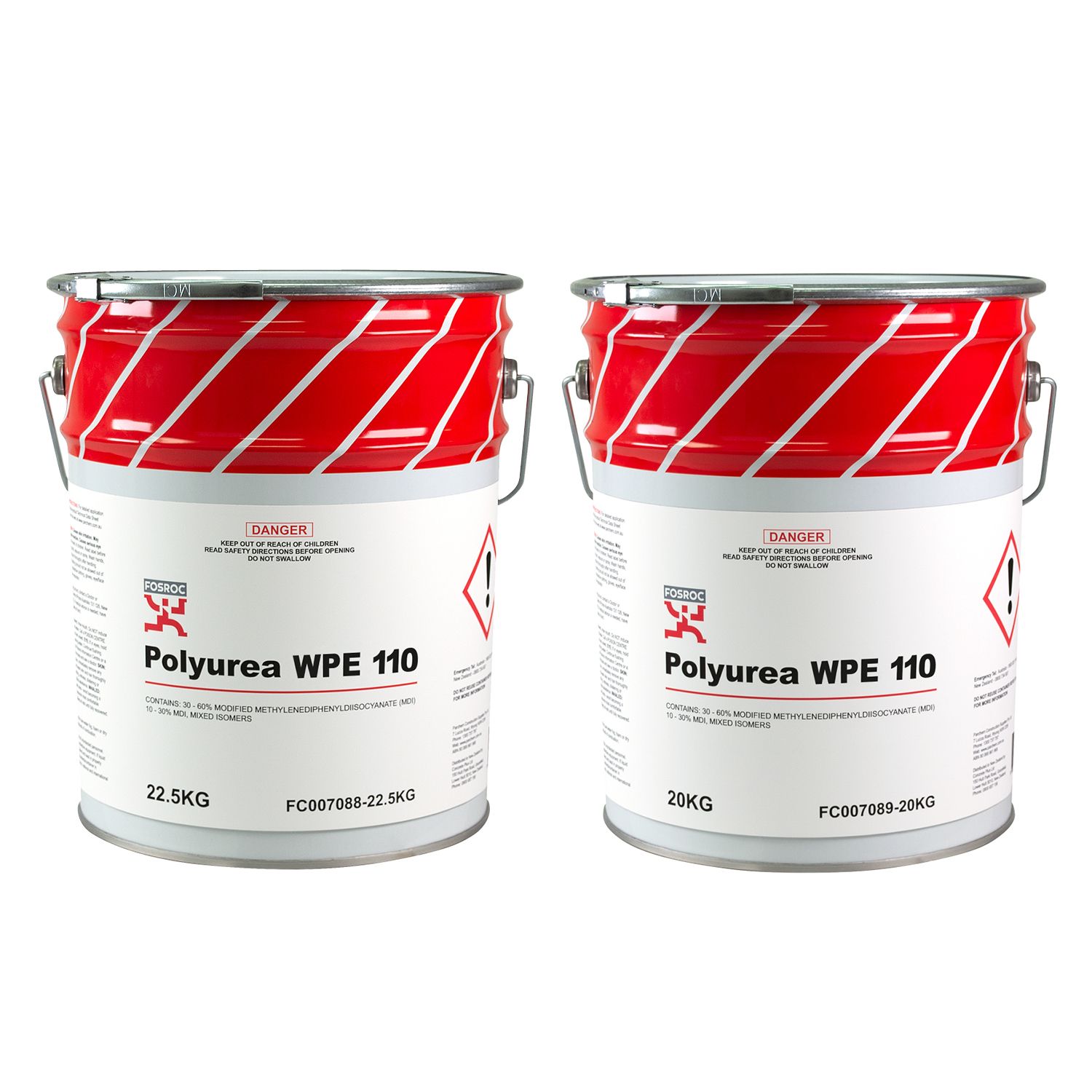Planning for waterproofing success
As many cities in Australia and New Zealand confront the costs of leaking buildings, waterproofing is becoming an increasingly critical element of the building design process. Colin Picton is Fosroc ANZ's Specification Manager for Waterproofing, as well as Joint Fillers and Sealants. He says it's a welcome change that more architects and design engineers are factoring in waterproofing early.
For a recent harbourside development in Sydney, the high risk of water reaching the building was factored in early. Colin says Fosroc ANZ was called on to advise on waterproofing "from the ground up".
"Some large projects will appoint a design engineer specifically for the waterproofing. It is easier to design with waterproofing challenges in mind than to design the building and then try to retrofit the waterproofing."
But it doesn't always work out this way. Many contractors are now charged with selecting products to set budgets after winning a tender, either for new construction or remediation. "We can work with their budgets and help them create a fit-for-purpose solution," Colin says.
Get the whole solution from one manufacturer
Fosroc ANZ's vast product range enables specifiers to create a whole-of-project system from the basement to the roof. “We have the options to provide an appropriate solution rather than try to make a product fit where it’s really not the right choice,” Colin explains.
So, which product is right for which job?
"Polyurea is becoming very popular for large developments, because it is trafficable one hour after spray application. We have Proofex Engage pre-applied membranes as the gold standard for basement waterproofing, while our Nitoproof liquid-applied products are widely used across all areas, including wet rooms, balconies and interiors," Colin says.
"Our Proofex Torchseal membranes are also very popular in Australia, which is why Fosroc has a larger range here than in other countries. For remediation jobs, Torchseal and Nitoproof can solve most challenges."
Basements
There is currently no code of practice in Australia for waterproofing below ground structures. Fortunately, the British standard (BS8102) is widely followed, says Colin. As well as the risk of water entry, the foreseeable use of the basement should be factored in. Some dampness may be acceptable for a carpark, while a storage facility or plant room containing valuable equipment will require higher protection. If there is potential for residential, recreational or commercial use, clients will expect zero water presence.
With Proofex Engage, a unique mesh system is pre-applied prior to the concrete pour. It will bond permanently with the concrete once cured, even if settlement occurs. "It is also super tough and able to withstand the heavy trafficking that occurs during construction. There is no heat required so the safety issues and expertise required are reduced. It’s simply roll out and seal.” This product can be specified for New Zealand projects, as it has BRANZ approval.
A torch-applied bitumen membrane modified with APP polymer, such as Proofex Torchseal A800, can also deliver 'instant waterproofing' to concrete structures. Polyurea can be used in new and remediation projects. For basement walls, look to Proofex Engage for self-adhesive membranes or the Nitoproof range offers polyurethane and waterbased bitumen options.
Tiled wet rooms
Fosroc's Nitoproof range includes three waterbased, low VOC products for bathrooms, balconies and other wet areas before tiling. Nitoproof 310 is an acrylic product while Nitoproof 810 is a polyurethane Class III membrane that exhibits a high hardness. Tougher again, Nitoproof 410 is a cementitious membrane that's ideal for rooms with high foot traffic, such as plant rooms or industrial and commercial kitchens.
Rooftops, podiums, balconies & walkways
Fosroc's fast-curing Polyurea WHE110 hybrid product is the ideal choice for large projects. "It is ideal for large residential developments and hotels," Colin explains. “It’s very tough and fast to apply.”
Nitoproof offers different materials and technologies for specific purposes. "Nitoproof 410 & 810 can handle serious foot traffic. Combined with Nitoproof Top Coat UV, it is often specified for deck areas and balconies."
For rooftops, the Proofex Torchseal range delivers instant waterproofing, uniform thickness and high-puncture resistance. "The bitumen-based membrane can handle ponding and permanent moisture," Colins says.
If there is a lot of hardware already on the roof, such as piping and air-conditioning units, Colin often recommends a liquid product such as Nitoproof 810. It offers a tough elastomeric membrane that works on both vertical and horizontal surfaces. "Liquid application can be easier than trying to apply sheets around various outlets in the roof, which are common with remediation works."
Interior walls and floors
Solvent free, low VOC and low odour, Nitoproof 510 is a two-component, epoxy coating that is ideal for interiors. It helps protect concrete and masonry substrates from damp and will bond well with most subsequent coatings. It can also be used in basements, tunnels, cellars, retaining walls and lift wells.
Water tanks and reservoirs
For potable water applications, our pure Polyurea WPE110 product is compliant to AS4020:2018. It offers excellent chemical resistance, thermal stability and UV resistance. Like our hybrid Polyurea WHE110 system, this product sprays on and enables the substrate to be put to service quickly.
Start planning now
Waterproofing mistakes can be costly for your reputation and your bottom line, which is why our team is here to help specifiers and contractors get the job done right the first time.
Get in touch with Fosroc ANZ via the form at the bottom of this page. We can help you find a waterproofing solution from below ground to the rooftop.



